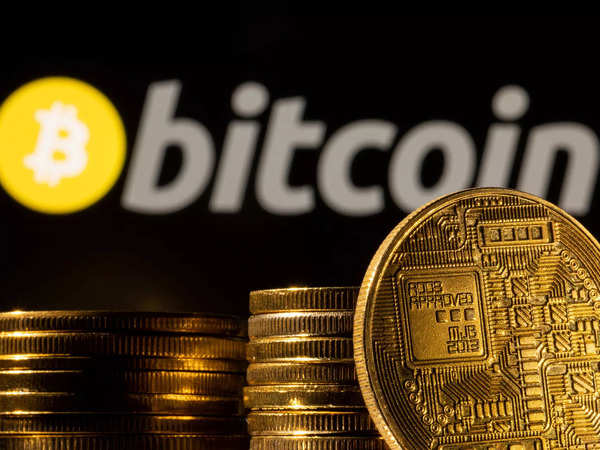
The upcoming Bitcoin halving in April 2024 might not follow the traditional script, challenging the common belief that it’s a guaranteed catalyst for bullish markets. While historically, the halving, which occurs every four years and slashes the rate of new Bitcoin creation in half, has been linked to significant upward movements in Bitcoin prices, its impact is not as straightforward as it seems.
Contrary to popular belief, the halving alone doesn’t ensure a surge in Bitcoin’s value. If the reduced supply of new BTC isn’t met with substantial demand, prices may not experience a significant increase. Moreover, the halving is a predictable event, with its occurrence known in advance to all market participants. This means that its anticipated impact might already be factored into the current price before it actually happens.
Bloomberg analyst Mike McGlone expressed skepticism about the consensus surrounding the halving, stating, “Things that we most anticipate generally don’t happen.” He emphasized concerns about the event being too widely expected.
Additionally, with each halving, its influence on the new Bitcoin supply diminishes. Over time, it may even become inconsequential. McGlone argued that changes in demand, rather than supply, are becoming the dominant factors influencing Bitcoin prices.
So, as the crypto community eagerly awaits the 2024 Bitcoin halving, questions arise: Will it diverge from the expected script? What other catalysts might be steering Bitcoin’s cyclical upward movements? For a detailed exploration
